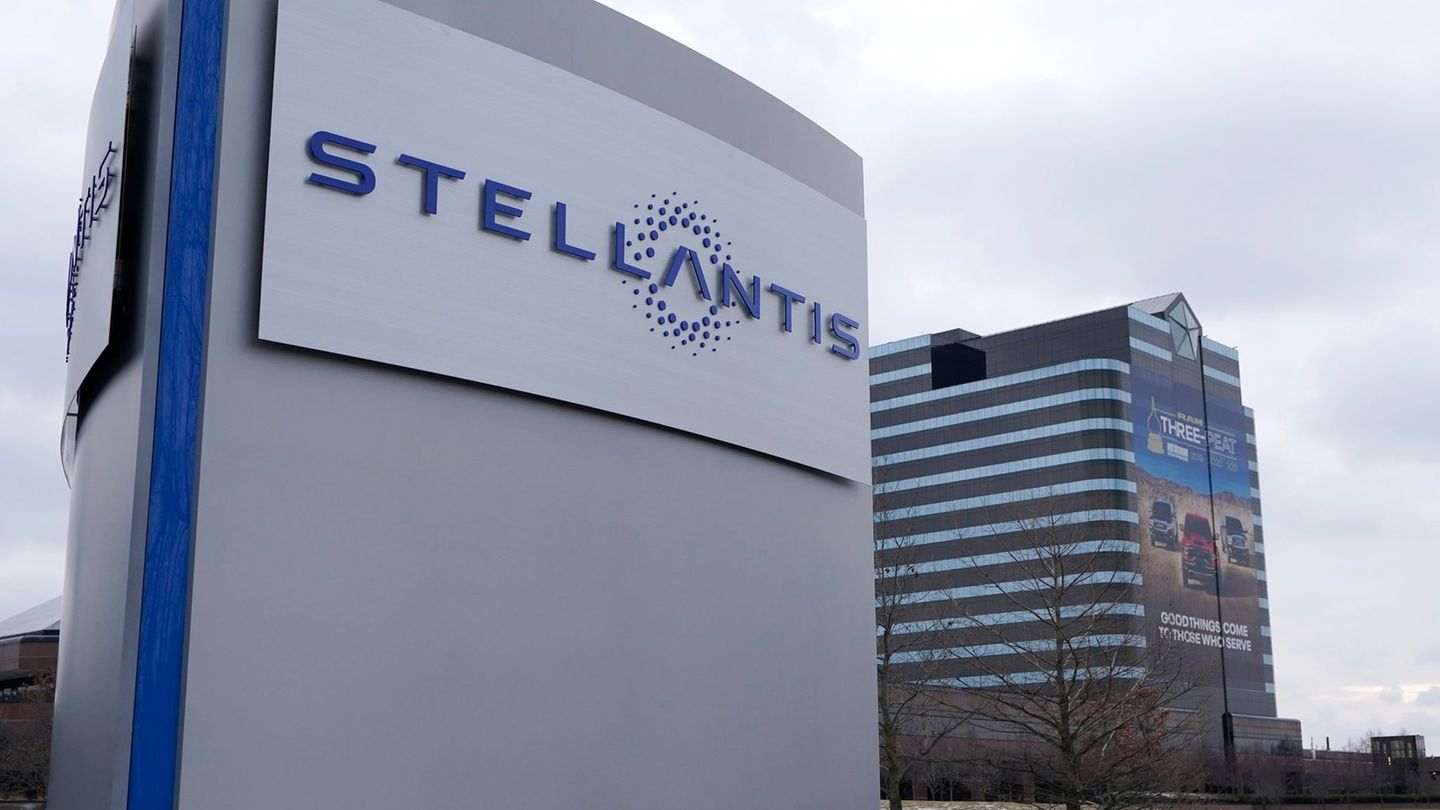The Minister of Economy, Sergio Massa, will announce this monday in the afternoon the start-up of a new regime for the automotive industry. He will do it at the plant Toyota Located in Zarate. The plan, which includes tariff benefits, will enable the import of incomplete units to which national parts will be added to later export them in the region. By this measure, the Japanese firm will add investments for more than US$50 million to manufacture a new model in the country.
He automotive sector it is still a green light on the complex board of the Argentine economy. Despite the exchange restrictions, which were aggravated by the impact of the drought, a recent report from the Association of Automotive Manufacturers (ADEFA) shows that production grew 24% so far in 2023. In the same period, exports accumulated an increase of 19% year-on-year.
One of the terminals that comes at the forefront of shipments abroad is Toyota. Precisely at the plant that the Japanese firm has located in Zárate, Massa will announce the launch of a new regime for the sector that aims to promote the export of imported vehicles.
The regulatory framework includes a series of tariff benefits and will enable the importation of incomplete units so that local manufacturers add auto parts and then export the cars, adding added value to other countries in the region. According to what they entrusted to Ámbito in the Ministry of Industry, the plan will have specific requirements for national integration and in all cases it must guarantee a positive trade balance from the second year for each product.
On the same day, Toyota will announce new investments. As this medium was able to find out, these are disbursements of more than US$50 million that will generate some 500 new jobs. Specifically, the Japanese firm will manufacture a new vehicle in the country, the Hiace model, something that did not happen 23 years ago. The project arises precisely at the same time as the new regime that Massa will announce.
The good moment of the automotive sector is, in turn, one of the arguments for industrial expansion. According to official data, manufacturing activity showed an improvement of 1.7% year-on-year in April and 1.2% compared to the previous month. “In year-on-year terms, production continues to register sustained growth thanks to the work and effort of the value chain,” said Martín Galdeano, president of ADEFA, referring to his business.
Despite the difficulties the macroeconomy is going through, other industrial sectors continue to reflect positive indicators. In the last few hours, the Association of Metallurgical Industrialists (ADIMRA) released a survey that reflects a 1.4% increase in production in interannual terms and also a 1.4% growth during the first four months of the year.
Even in the context of the drought that hit the agricultural machinery sector hard, activity in the sector remains above 2019 levels. With auto parts at the top (+8.6%), the index was also driven by capital goods (+4.5%) and electrical equipment and appliances (+4.4%).
Source: Ambito




